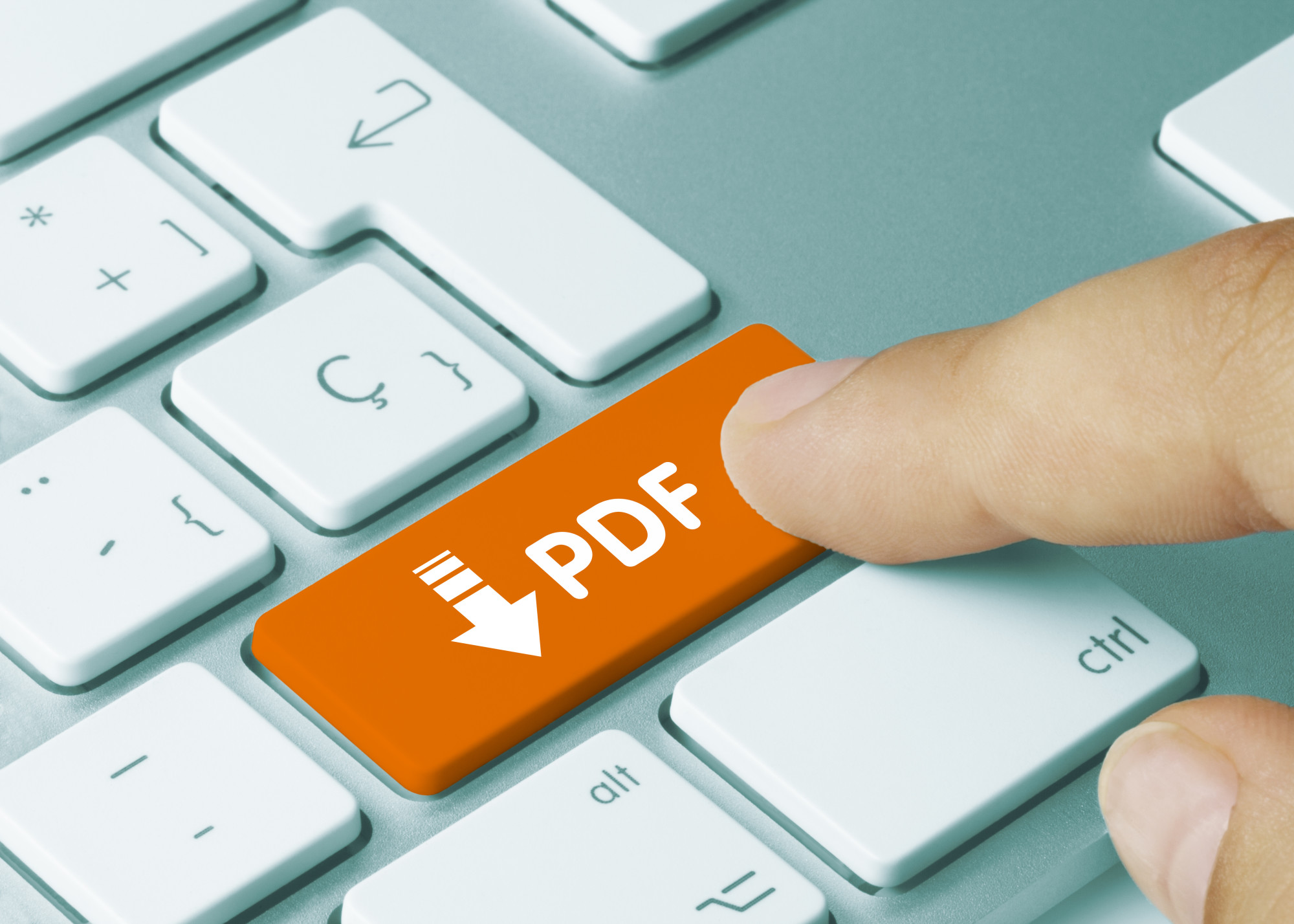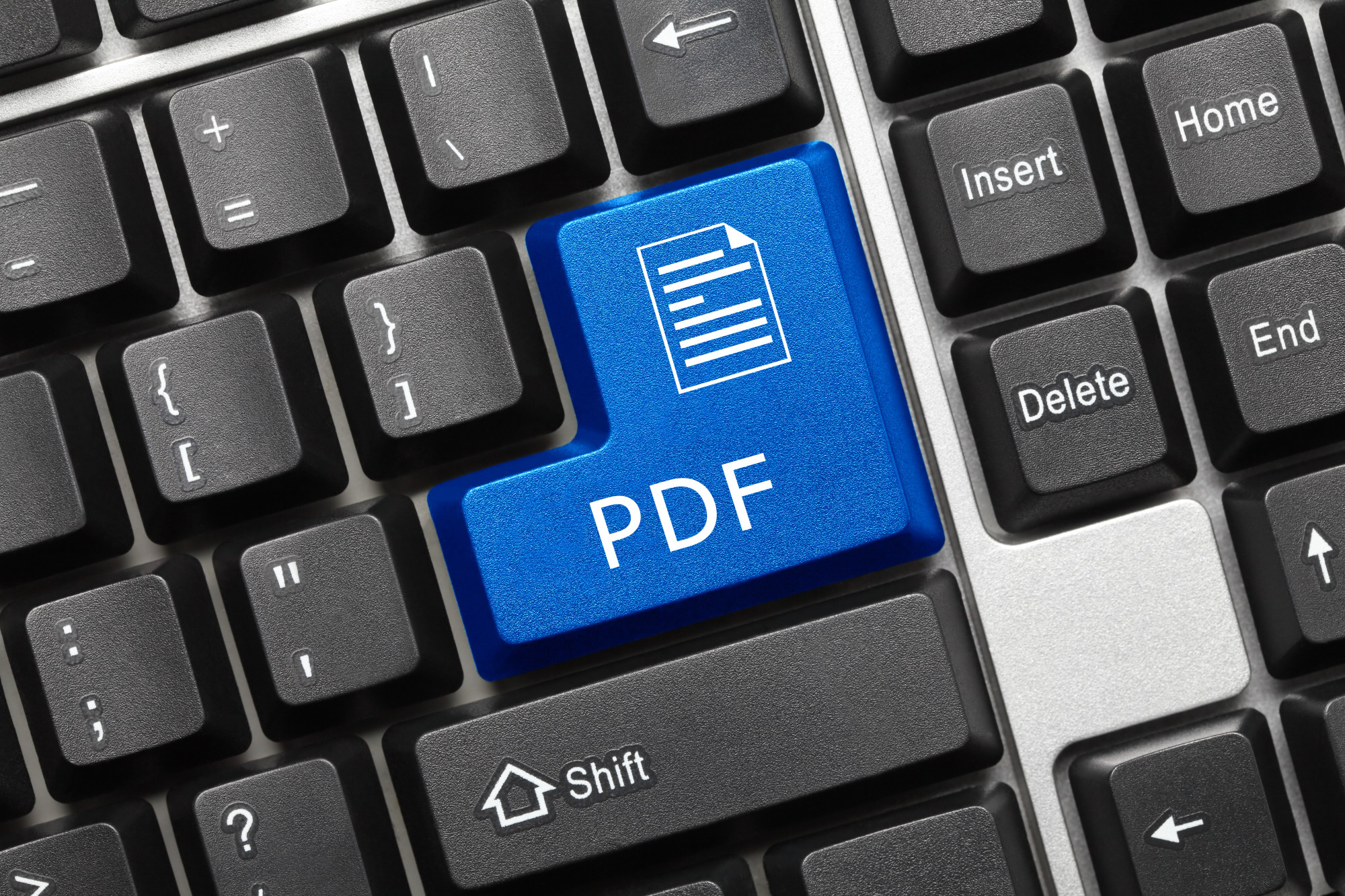Do you want to know how to remove metadata from Word? Whether it is for a college essay or for work, there are times you need to clear metadata from your Word files. After all, you have to protect your personal information when submitting public files.
If you’re not sure why this is important or how to do it right, don’t fret. We’ve got you covered.
Read on below to see how you can erase metadata from your documents before you submit them:
1. What is Metadata in Word?
All over the world, we use more than 400 million metric tons of paper every year for paperwork and school work. Using paper offers more hassle when it comes to storing documents. They take up more space, are vulnerable to many substances, and more.
This is why many offices and schools are advocating the paperless movement. Or if not, they’re encouraging a paper-light environment in the least. It’s a great use of modern technology but going digital that has its disadvantages as well.
For example, metadata in Word documents can display property information. There’s more but we’ll discuss it in the next segment. For now, let’s talk about what metadata is.
Take a close look at a Word document with your file explorer. Open the details pane and select any Word document that you didn’t clean of metadata. You can also view some of the information if you are using the details layout or view.
Among the details will be information about the document itself. These pieces of information include the date of creation, versions, and revision marks. Any comments, headers, and footers are some other types of hidden data in Word documents.
Metadata can also be personal information. These include the author and the person who last saved the document. If you used some specific features, it may be possible to view your email headers, routing slips, and more.
When it comes to taking up space, metadata can take up some weight in files. In Word, the space it takes up is very minuscule. So, there is often no need to clear out metadata to save space.
2. Why You Should Remove Metadata from Word Documents
Microsoft Word is useful for many small businesses. It has the best tools to write, edit, and share documents. And while some people feel safer to remove them, metadata in Word has benefits too.
Metadata offers benefits to teachers, editors, and others who receive files to analyze. It is only unfortunate that these benefits can become weaknesses or evidence against you. This is why it is important to remove metadata from Word documents if you’re not going to use them.
All Word documents contain hidden data or personal information in the document itself. As you save them, Word has an automatic function to store corresponding hidden data. If you want to remove metadata, you must do it with every Word document you save.
It is important to remove metadata from Word documents before you submit them. This will ensure that now only are your hidden and personal files erased but also revisions. In the past, there have been some prominent cases that involve the metadata risk.
In 2005, the United Nations had not noticed the changes made to a report on a murder case. It was the Lebanese Prime Minister Rafik Hariri’s murder report that had revisions. UN Secretary-General Kofi Annan doctored it, removing some names before submitting the report to the Security Council.
Another incidence was the UK’s “Dodgy Dossier”. This document served to support the Iraq invasion. Later, upon closer inspection, authorities found that the document was from a student paper written in 1991.
As you can see, metadata can be a powerful weapon in the wrong hands. This is also great for anybody who is paranoid. Data protection will help you cover your tracks in this digital world.
3. How to Remove Metadata from Word
There is a way to remove metadata from your Word documents. That is using the Document Inspector on Word. This handy tool removes properties and personal information from your Word files.
Before you start removing metadata, inspect the document first. There are several ways to do this with the different versions of Microsoft Word. If you use MS Word 2013, click on File > Info > Check for Issues > Inspect Document.
On MS Word 2010, open the File tab > Info > Check for Issues > Inspect Document. If you want to view the personal information, click Show All Properties to the right of the Check for Issues button. If you have Word 2007, click the Office Button then choose Prepare, followed by Inspect Document.
When you inspect the document, the Document Inspector box should appear. Depending on what information you want to view, put check marks next to the types of hidden data in the list. Afterward, click Inspect.
If you are inspecting a document, you can also use the information you see to look for any suspicious actions. This is important to do with auditing records, important letters, and more.
Now, let’s go back to the Document Inspector.
After you select Inspect on the information you want, there will be a Remove All button next to the results. Click on the Remove All button to erase traces of metadata on your document file. Note that once you click this button, removed data isn’t restorable anymore.
Remember to erase metadata on the original copy of a document. If you must avoid keeping metadata on many files, you must do it with every single one. Or, you can convert them to a PDF file and use PDF instead.
You Now Know How to Remove Metadata from Document Files
That’s it for our quick guide on how to remove metadata from Word files.
Remember: metadata removed is not something you can restore. Even the Undo button has no capacity to bring it back.
Did you find this post useful and informative? Check out our other blog posts by visiting our blog.
Do you need to convert your files to document format? Are you in need of a way to convert your Word files to different other formats? Check out our list of free online converters, like this JPG to PDF converter.









